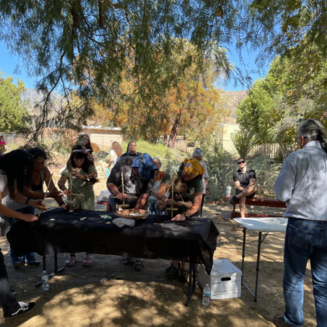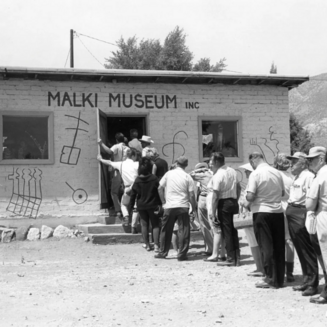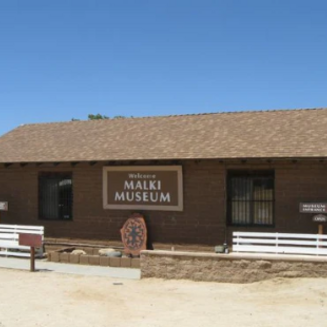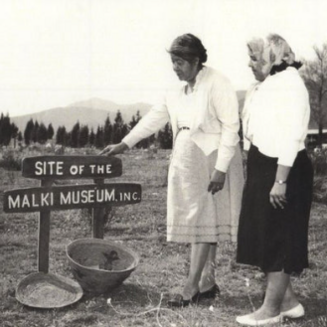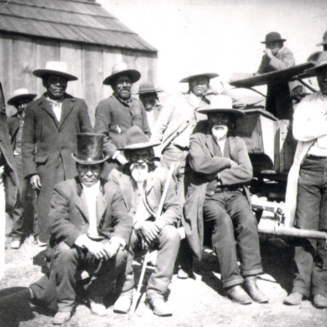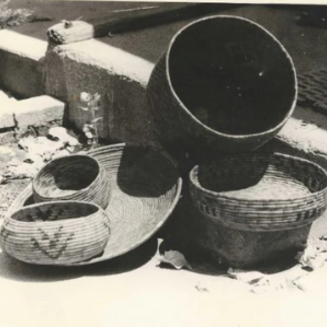The Malki Museum, located on the Morongo Indian Reservation, opened to the public in February 1965. It began as the vision of Jane Pablo Penn, a Wanikik Cahuilla woman, who was inspired by her aunt Margaret Pablo’s concern that Cahuilla culture was fading. Before Margaret passed, she entrusted Jane with family heirlooms, joined later by a similar gift from Jane’s cousin, Victoria Weirick, a Wanikik and Kawisic Cahuilla. The collection included morteros, an herb cooking pot, and other cultural artifacts.
Jane initially displayed the items in her home, sharing them with anyone interested. With the help of ethnographer Lowell Bean and Katherine Siva Saubel, a Mountain Cahuilla from the Los Coyotes Reservation, Jane founded what became the first museum established by Native Americans on a California Indian reservation. Named Malki, the original name of the land now known as Morongo, the museum became a center for cultural preservation. After Jane’s passing in 1982, Dr. Saubel continued as museum president, becoming widely recognized as a co-founder and cultural leader.
Malki Museum is dedicated to preserving and sharing the history and traditions of the Cahuilla and other Southern California tribes. Its collection includes traditional baskets, pottery, photographs, and historical documents. It also runs the Malki Museum Press, which publishes works on Native American history and culture.
Beside the museum lies the Temalpakh Garden, meaning “from the earth” in Cahuilla. Covering about a quarter acre, the garden was built by volunteers in response to interest in Indigenous plant knowledge. It features native plants used by Southern California tribes for food, medicine, clothing, housing, and ceremony. The garden brings to life the teachings of Dr. Saubel and her book Temalpakh: Cahuilla Indian Knowledge and Usage of Plants, co-written with Lowell Bean. The garden includes a notable mortar and pestle display, occasional roadrunner sightings, and stunning views of Mount San Jacinto and Mount San Gorgonio.
Today, the Malki Museum and Temalpakh Garden serve as vibrant spaces for learning, honoring the enduring legacy and resilience of the Cahuilla people.

